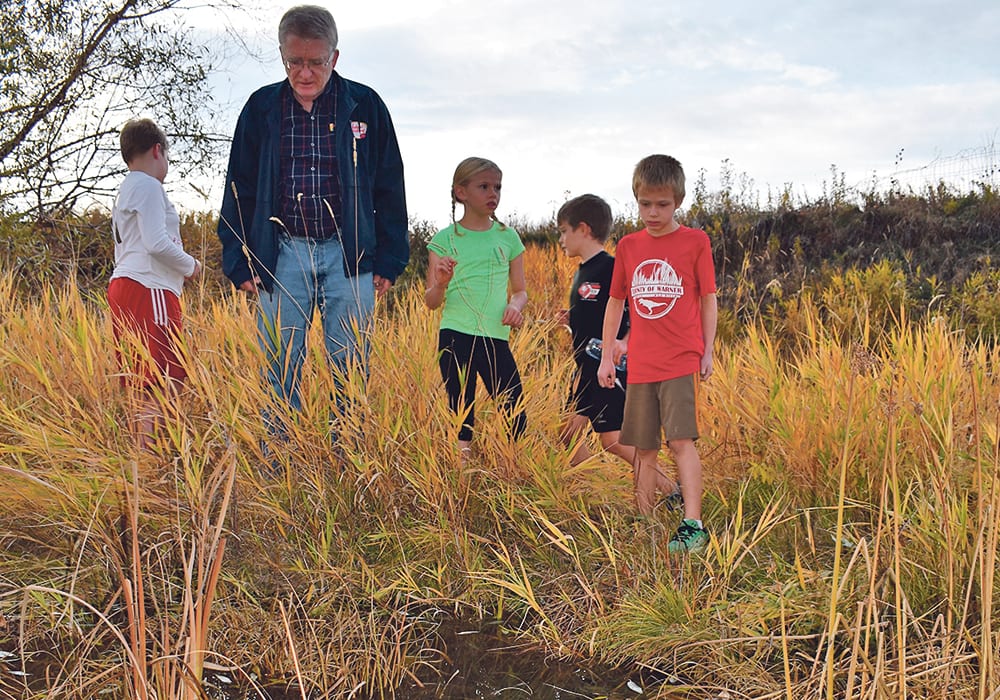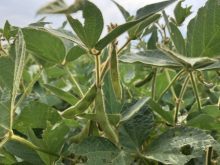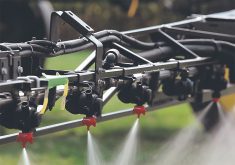Frogs are a litmus test for the health of riparian areas and efforts are underway to increase populations in Alberta after years of decline
MAGRATH, Alta. — As a youth, DeVar Dahl used to chase and capture northern leopard frogs in ponds in and around his southern Alberta hometown of Magrath, Alta. Later, as a young teacher, he would capture frogs for use in teaching biology classes.
But when he revisited those ponds to share the fun of frog spotting with his own children, there were no frogs to be found.
His experience has proven typical. Many Alberta residents remember seeing frogs in years past but seldom see them today. The disappearance of the species seems to have happened so gradually that it took a while for people and biologists to take serious notice.
Did the leopard frogs change their spots, the places they used to live? Or did circumstances reduce their numbers?
Kim Pearson, chair of the Waterton Biosphere Reserve, said the latter probably caused the former.
Northern leopard frogs are now considered a species at risk in Alberta and are designated as threatened under the wildlife act. The biosphere reserve has undertaken a project to document sightings of the frogs and is conscripting citizens to help.
Anyone who has seen or heard a northern leopard frog is asked to note its location, take a photo or recording if possible and submit the information to nleopardfrog@watertonbiosphere.com.
“Leopard frogs are really interesting creatures, so we’ve been asking people to submit observations of them to us, from the past, where they’ve seen them even 30 years ago … and also where people are seeing them nowadays,” said Pearson.
Read Also

No special crop fireworks expected
farmers should not expect fireworks in the special crops market due to ample supplies.
The frogs are useful to farmers and ranchers in several ways. As tadpoles, they eat large amounts of pond algae and as adults they consume large quantities of insects that are potential crop pests.
They are a source of prey for birds and wild animals and thus a cog in the circle of life.
“They’re really just an overall indication of your land being well stewarded and a healthy place for animals to live,” Pearson said.
Mike Verhage of the Alberta Conservation Association said frogs are a litmus test for the health of a riparian area. Landowners are generally supportive of conservation efforts to protect frogs and other species that frequent wetlands, he added. Amphibian-friendly dugouts and careful use of fertilizer and chemicals help protect them.
Pearson and her colleagues are also identifying places near known frog populations and where they’ve been seen historically.
The frogs have been found or reintroduced in three southern Alberta locations: Beauvais Lake Provincial Park, Magrath, and Waterton Lakes National Park. Pearson said the goal is to connect the three populations to avoid inbreeding and create a larger and more robust habitat to increase frog numbers.
Lea Randall, ecologist with the Calgary Zoo, is raising leopard frogs for release in the wild.
She said the population decline across North America likely stems from a combination of causes: wetland drainage, industrial development, changes to weather and water patterns and drought severity.
“The northern leopard frog, Lithobates pipiens, if you want the Latin, used to be widely found across North America but there were declines that were noted primarily by naturalists who were out in the field and noticed that they just weren’t seeing frogs in the places where they used to and when they were finding them, they just weren’t as abundant. So this began in the 1970s and ‘80s,” Randall said.
“The current range is estimated to be about 20 percent of what its historic range is.”
Northern leopard frogs can be 50 to 110 millimetres long, or about the size of a man’s fist when fully grown.
They are greenish to brownish with a white underbelly. Adults have well-defined spots with a slight halo around each spot, and are unique in having a lighter dorsal line running down their backs.
Randall said their calls can best be described as a snore, grunt or chuckle, unlike the calls of chorus frogs that people typically associate with frogs in general.
“They used to be so abundant that people didn’t record them,” said Pearson. “We took them for granted.”
Leopard frogs also have fairly specific habitat needs, including breeding ponds, foraging habitat and overwintering habitat, which also makes them more vulnerable if anything affects any of those sites.
Back in Magrath, Dahl said he tried to rebuild the region’s leopard frog numbers years ago by transporting some from as far away as Arborg, Man., with limited success. Today, he often sees frogs in the town’s pond and wetland areas, though he doesn’t spread the word on exact locations.
He doesn’t want to see the frogs disappear once again.
About northern leopard frogs
- Latin name: Lithobates pipiens.
- Adult size: Up to 4.5 inches, snout to vent.
- Characteristics: Greenish brown, with large dark spots, each spot bordered with a lighter ring. Also bearing whitish dorsal folds along length of back, and white belly.
- Life cycle: Egg mass to tadpole to froglet to adult.
- Habitat: wide range, with ponds in early life, grassy areas in summer.
- Diet: algae, beetles, flies, ants, crickets, smaller frogs, mice.
- Hibernation: under water, at bottom of ponds and other water bodies if sufficiently oxygenated.
- Season: active from April to October.
Source: Lea Randall; Alberta Environment and Parks
















